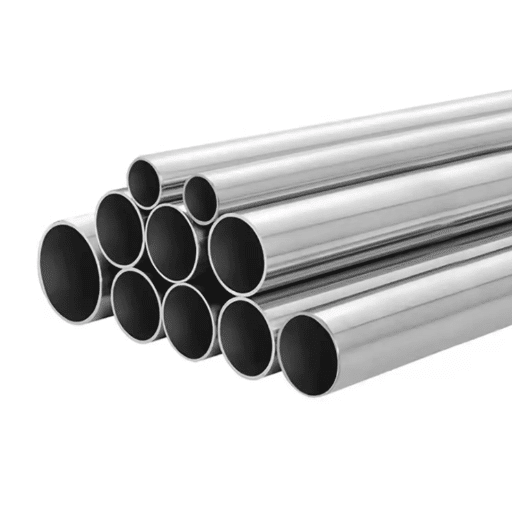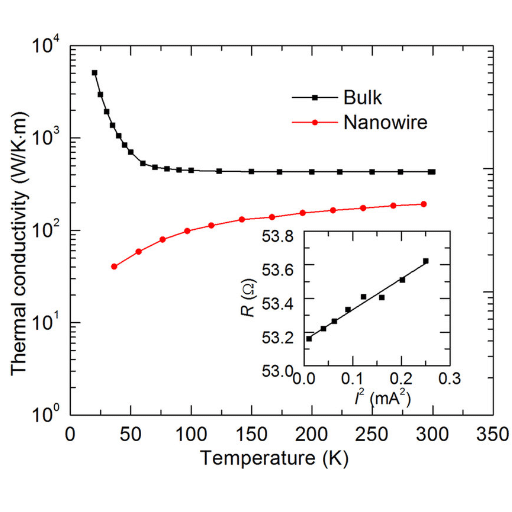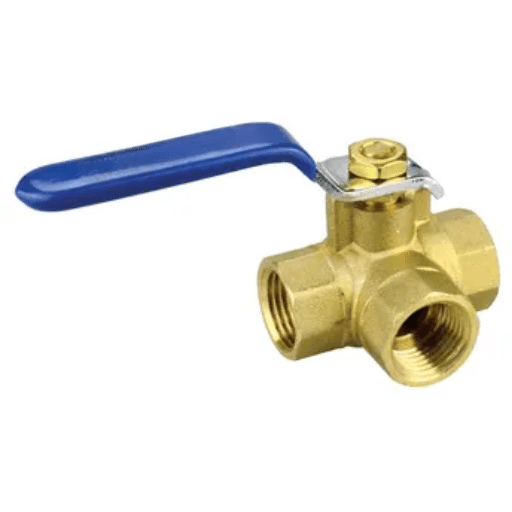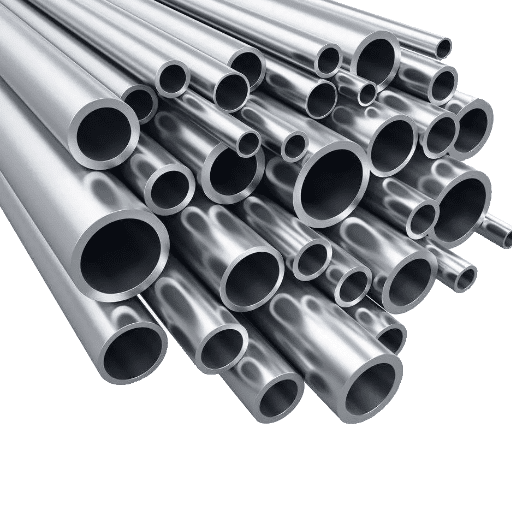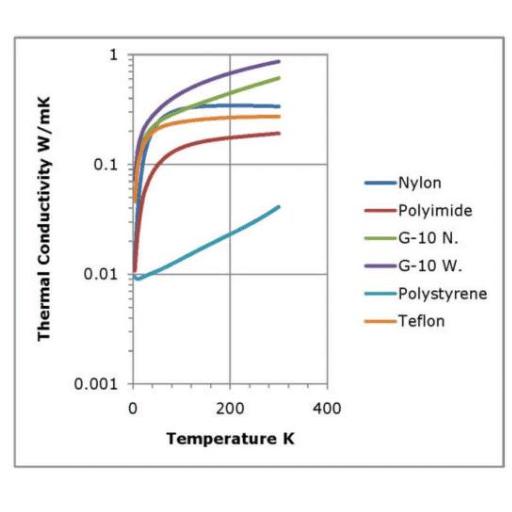The comprehension of advanced materials’ properties and uses is of utmost importance in the industries that demand outstanding performance during extreme conditions. One of the advanced materials, Super Duplex 2507 stainless steel, is a material that can be distinguished as a super performer due to its strength, resistance to corrosion, and long-term use. This comprehensive guide explores the domain of Super Duplex 2507 together with its counterparts, revealing both the advantages and technical specifications that make it invaluable in oil & gas, marine engineering, and chemical processing sectors.
Overview of Super Duplex 2507
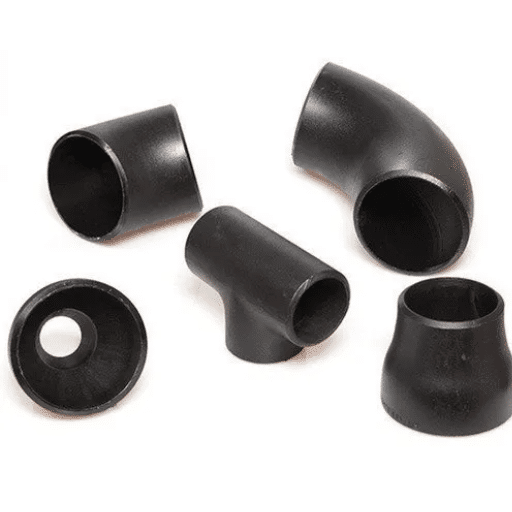
Super Duplex 2507 is a top-grade steel alloy that withstands the highest demands in the most severe corrosive environment. Super Duplex 2507 combines the advantages of austenitic and ferritic stainless steels and provides excellent resistance to pitting, crevice corrosion, and stress corrosion cracking. The alloy has gained immense popularity in the marine, chemical processing, and oil and gas sectors where the factors of extreme temperatures and high pressures coexist.
What is Super Duplex 2507?
Super Duplex 2507 is a super tough and super stainless steel alloy whose main elements are chromium, nickel, and molybdenum. This alloy possesses a microstructure of two phases, thus merging the good characteristics of both austenitic and ferritic. It is especially made and used to give the best resistance to the attack by corrosion in various forms such as:
- Pitting corrosion in chloride-rich environments
- Crevice corrosion in confined spaces
- Chloride-induced stress corrosion cracking
Key Advantage: Super Duplex 2507 has a tensile strength that is nearly twice that of common stainless steels, making it appropriate for chemical processing, desalination, marine engineering, and oil and gas industries.
Applications of Super Duplex 2507 Stainless Steel
Oil and Gas Industry
Used in subsea and offshore platforms for heat exchangers, flowlines, and processing equipment where resistance to pitting and crevice corrosion in chloride-rich environments is critical.
Chemical Processing Equipment
Ideal for tanks, reactors, and piping systems where chemical resistance combined with mechanical strength ensures reliable operation with aggressive chemicals.
Desalination Plants
Material of choice for seawater systems including pumps, piping, and filters due to excellent resistance to stress corrosion cracking in low brine environments.
Marine Industry
Frequently utilized in shipbuilding for seawater cooling tubes, ballast tanks, and structural components where durability and resistance to saltwater corrosion are essential.
Pulp and Paper Industry
Perfect for pulping and bleaching processes, withstanding severe chemical conditions imposed by high temperatures and aggressive bleaching agents.
Power Generation
Used in heat recovery systems, condensers, and boilers where high mechanical strength and resistance to thermal and mechanical strains are required.
Chemical Composition of 2507 Stainless Steel
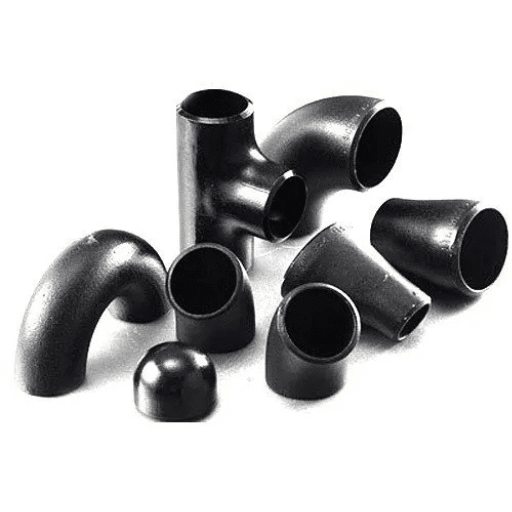
Stainless steel 2507, often called super duplex stainless steel, possesses a chemical composition that is designed to give it highest strength and resistance to corrosion even in the most demanding environments.
| Element | Symbol | Composition (%) |
|---|---|---|
| Chromium | Cr | 24-26% |
| Nickel | Ni | 6-8% |
| Molybdenum | Mo | 3-5% |
| Nitrogen | N | 0.24-0.32% |
| Carbon | C | ≤ 0.03% |
| Manganese | Mn | ≤ 1.2% |
| Silicon | Si | ≤ 0.8% |
| Phosphorous | P | ≤ 0.035% |
| Sulfur | S | ≤ 0.02% |
| Iron | Fe | Balance |
Key Elements in 2507 Super Duplex
The outstanding performance of 2507 Super Duplex is attributed to the combination of elements that are very carefully and proportionally balanced:
- ~25% Chromium: Forms protective passive oxide layers
- ~7% Nickel: Enhances corrosion resistance and stability
- ~4% Molybdenum: Provides excellent pitting resistance
- Nitrogen addition: Increases strength and durability under high-pressure and high-temperature conditions
Differences in Chemical Composition: 2507 vs. 2205
The fundamental discrepancy in the chemical composition between the two steels 2507 and 2205 is the addition of higher amounts of chromium, molybdenum, and nickel in 2507:
| Grade | Chromium (Cr) | Nickel (Ni) | Molybdenum (Mo) |
|---|---|---|---|
| 2507 | ~25% | ~7% | ~4% |
| 2205 | ~22% | 5-6% | ~3% |
The enhanced levels of Mo and Cr in 2507 play a major role in its top-notch resistance to pitting and crevice corrosion in chloride-laden environments. The higher nitrogen content in 2507 also contributes to both strength and weldability compared to 2205.
Mechanical Properties of Duplex 2507 Stainless Steel
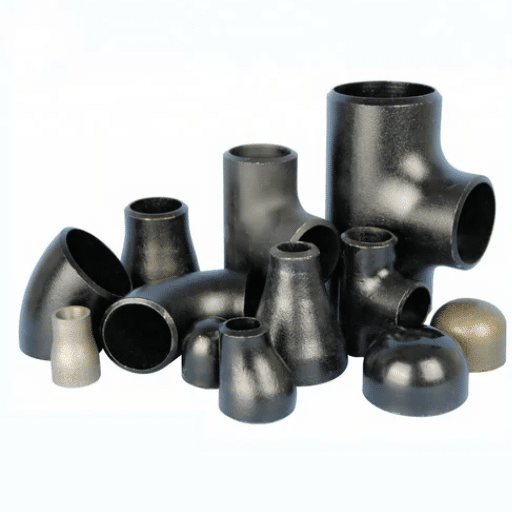
Duplex 2507 stainless steel, because of its excellent mechanical properties, is highly regarded and is thus the material of choice in applications where quality and durability are essential.
Mechanical Strength of Super Duplex 2507
| Property | Value | Notes |
|---|---|---|
| Tensile Strength | 800-1,000 MPa | Nearly double that of standard austenitic stainless steels |
| Yield Strength | ~550 MPa | Can take significant stress without deformation |
| Elongation | 15-25% | Helps prevent brittle fracture |
| Density | ~7.8 g/cm³ | Standard for duplex steels |
| PREN | > 40 | Pitting Resistance Equivalency Number |
Structural Advantage: The dual-phase structure (ferritic and austenitic microstructures) enables thinner wall sections in structural applications, reducing overall weight while maintaining strength.
Comparison of Mechanical Properties: 2507 and 2205
| Property | 2507 | 2205 |
|---|---|---|
| Tensile Strength | > 800 MPa | ~690 MPa |
| Yield Strength | > 550 MPa | ~450 MPa |
| Corrosion Resistance | Extreme environments | Moderate conditions |
| Cost | Higher initial investment | More economical |
| Best Applications | Offshore rigs, extreme conditions | General industrial use |
Welding and Fabrication of Super Duplex 2507
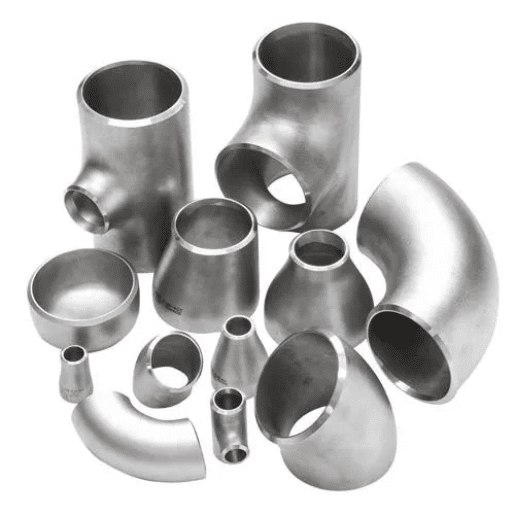
Super Duplex 2507 is a material that is well known for its mechanical properties and resistance to corrosion, but it still requires a lot of attention and skilled expertise when it comes to welding and fabrication.
Welding Techniques for 2507 Stainless Steel
Recommended Welding Methods:
- TIG Welding (GTAW): Most popular technique for 2507, allows precise control over heat input, minimizing thermal stresses
- MIG Welding (GMAW): Suitable for large industrial applications due to speed and thickness capability
- Flux-Cored Arc Welding (FCAW): Modern wires custom-made for duplex grades, increases deposition rates
- Pulsed Arc Processes: Better heat input control, resulting in less thermal distortion
Critical Welding Considerations
- Pre-Weld Preparation:
- Thoroughly clean the area to remove dirt, oil, grease, or oxides
- Ensure surfaces are free from contaminants to prevent localized corrosion
- Heat Input Control:
- Keep heat input to a minimum to avoid microstructure damage
- Strictly control interpass temperature to prevent sigma phase precipitation
- Maintain working temperatures below 570°F (300°C) during machining or cold forming
- Filler Materials:
- Use filler materials with higher nickel content than the base material
- Ensure chemical composition closely matches 2507 to maintain strength and corrosion resistance
- Guarantee proper ferrite-austenite ratio in the weld
- Shielding Gases:
- Use argon or gas mixtures with nitrogen addition
- Prevent nitrogen loss during welding
- Protect weld zone from oxygen and atmospheric contamination
- Post-Weld Treatment:
- Generally not necessary, but may be performed in specific applications
- Can lower residual stresses and restore desirable duplex microstructure
Common Challenges and Solutions in Welding
| Challenge | Solution |
|---|---|
| Heat Input Control | Monitor interpass temperature closely; avoid overheating to prevent sigma phase precipitation |
| Weld Penetration | Set welding equipment parameters precisely (current, voltage, travel speed); use experienced welders |
| Cracking in Weld Area | Use preheating and post-weld heat treatment when needed; use pure filler materials |
| Contamination | Use inert shielding gases and purging techniques to protect weld region |
| Phase Imbalance | Select appropriate filler materials and control cooling rates |
Industry Standards Compliance: Continuous compliance with industry standards such as ASME Section IX or ISO 15156 ensures conservation of Super Duplex 2507’s excellent qualities throughout the welding process.
Case Studies: Successful Implementation of Super Duplex 2507
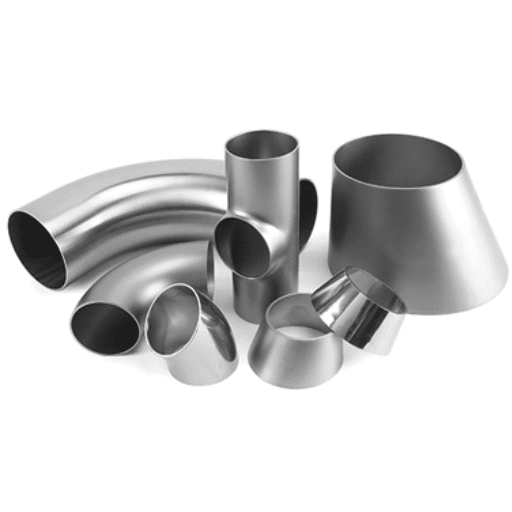
Middle Eastern Desalination Plant
A remarkable case study demonstrating the triumphant application of Super Duplex 2507 is that of its use in a Middle Eastern high-pressure desalination plant. The plant had to deal with the extreme operational conditions and high salinity levels of its location.
Results:
- Enhanced resistance towards corrosion and stress-cracking
- Notable reduction in maintenance costs
- Improved plant reliability and efficiency in the long run
- Superior performance in chloride-rich environment
Offshore Oil and Gas Sector
Another instance is from the offshore oil and gas sector, where Super Duplex 2507 is utilized in pipelines and subsea systems.
Achievements:
- Considerably reduced risk of material failure due to high pressure
- Excellent resistance to seawater exposure
- Higher level of operational safety
- Shorter periods of downtime
- Improved cost-effectiveness and sustainability
Future Trends in the Use of Duplex Stainless Steels
The future of the Duplex Stainless Steels, especially the advanced grades like Super Duplex 2507, will flourish owing to the material properties of strength, corrosion resistance, and cost-effectiveness that are in demand.
Emerging Applications and Developments
- Renewable Energy: Offshore wind farms leveraging seawater corrosion resistance for durability and low maintenance costs
- Lean Duplex Grades: Development of less alloy-intensive grades that are more cost-effective while retaining key performance features
- Improved Weldability: Research focusing on enhancing weldability and formability to multiply applications
- Additive Manufacturing: Progress in 3D printing techniques may speed up acceptance across industries
- Sustainability Focus: Growing emphasis on materials that support environmental goals while maintaining performance
References
-
Guidance Document for the Evaluation of Cast Super Duplex Stainless Steel
This document discusses the qualification standards for cast super duplex stainless steel (A890-5A), which is equivalent to wrought 2507.
Read more here -
Metallurgical Evaluation of Cast Duplex Stainless Steel
This study evaluates the metallurgical properties of cast super duplex stainless steel (A890-5A) and its equivalence to wrought 2507.
Read more here -
Comparison of 2507 Duplex and 28% Cr Austenitic Stainless Steel
This research compares the corrosion behavior of super duplex stainless steel 2507 and 28% Cr austenitic stainless steel under high-pressure and high-temperature conditions.
Read more here
Frequently Asked Questions (FAQ)
What is 2507 super duplex stainless steel?
Super duplex stainless steel 2507 (UNS S32750) is one such high-performance alloy that is very much acclaimed for its attribute of being very resistant to corrosion, especially pitting and crevice corrosion. It is perfectly suited for harsh environments and thus finds varied applications in the oil and gas, chemical processing, and marine industries.
How does the corrosion resistance of super duplex 2507 compare to duplex 2205?
The two materials confercorrosion-resistance but super duplex 2507 even offers corrosion resistance that’s in the range of a couple of hundreds of degrees in temperature as compared to 2205. Thus, it can be used in aggressivenvironments while dealing with elevated temperature conditions.
What are the mechanical properties of 2507 duplex stainless steel?
2507 duplex stainless steel has a nice array of mechanical properties one of which is tensile strength -it’s also very tough. The alloy’smechanism of production where the two structural forms are ferrite and austenite selectively isochronalgonic contributes to this toughness and strength which are not yet corroded in such an extent.
What is the chemical composition of alloy 2507?
The chemical composition of alloy 2507 is fundamentally based on chromium and molybdenum, which are present in a relatively high amount. Their presence is necessary for the alloy’s corrosion resistance attributes. However, nickel and nitrogen also feature in the alloy composition contributing to the alloy’s overall performance even in hostile environments.
What is the pitting resistance equivalent number (PREN) for super duplex 2507?
Super duplex 2507 has a pitting resistance equivalent number (PREN) which is usually in the range of 40, which implies its superiority over the standard stainless steels in respect of resistance to pitting f corrosion. It is not surprising then that this alloy should be located in the chlorinated areas.
Can super duplex 2507 be welded, and what methods are recommended?
Super duplex 2507 is weldable and that is by different welding methods like shielded metal arc welding (SMAW) and gas tungsten arc welding (GTAW) . However, making use of the right welding techniques and filler materials is essential to prevent the loss of its mechanical properties and corrosion resistance.
What are the physical properties of super duplex 2507 plate?
The physical properties of super duplex 2507 plate are such that it has a very high density, a very low thermal expansion, and a very excellent conductivity character. Each of these properties singly or in combination to the extent of working together makes these not just acceptable but also the preferred choices of material in the industries requiring strong material.
How does 2507 offer toughness and corrosion resistance?
A 2507 is the strongest of all stainless steels and the most resistant to corrosion. The duplex structure of the steel gives it this incredible toughness and corrosion resistance because it undergoes the combined effects of the austenitic and ferritic phase. This dual-phase takes stress from the mechanical side and at the same time does not let the various corrosion forms such as pitting and crevice happen.
What applications benefit from using super duplex stainless steel 2507?
Offshore oil and gas, chemical processing, desalination, and other such areas require super duplex stainless steel 2507’s excellent corrosion resistance and strength among other properties. The 2507 steel is very much applicable for both pipes and structures even in those extreme conditions.

